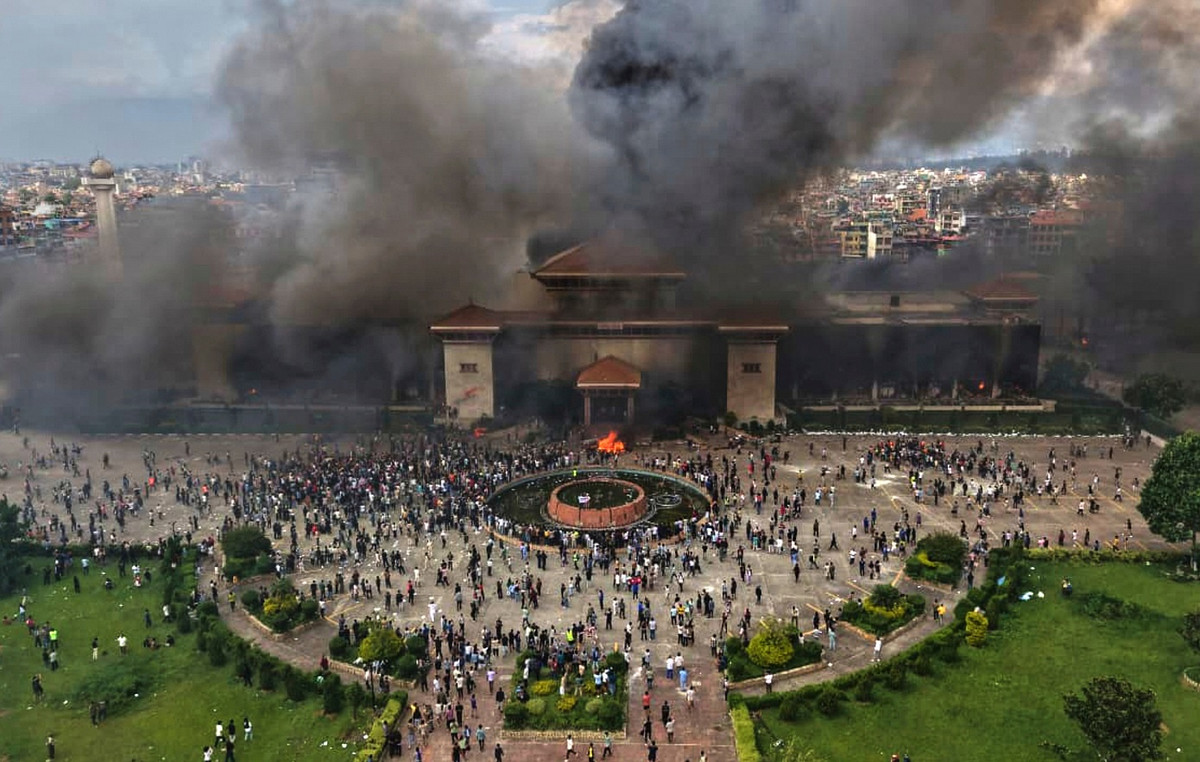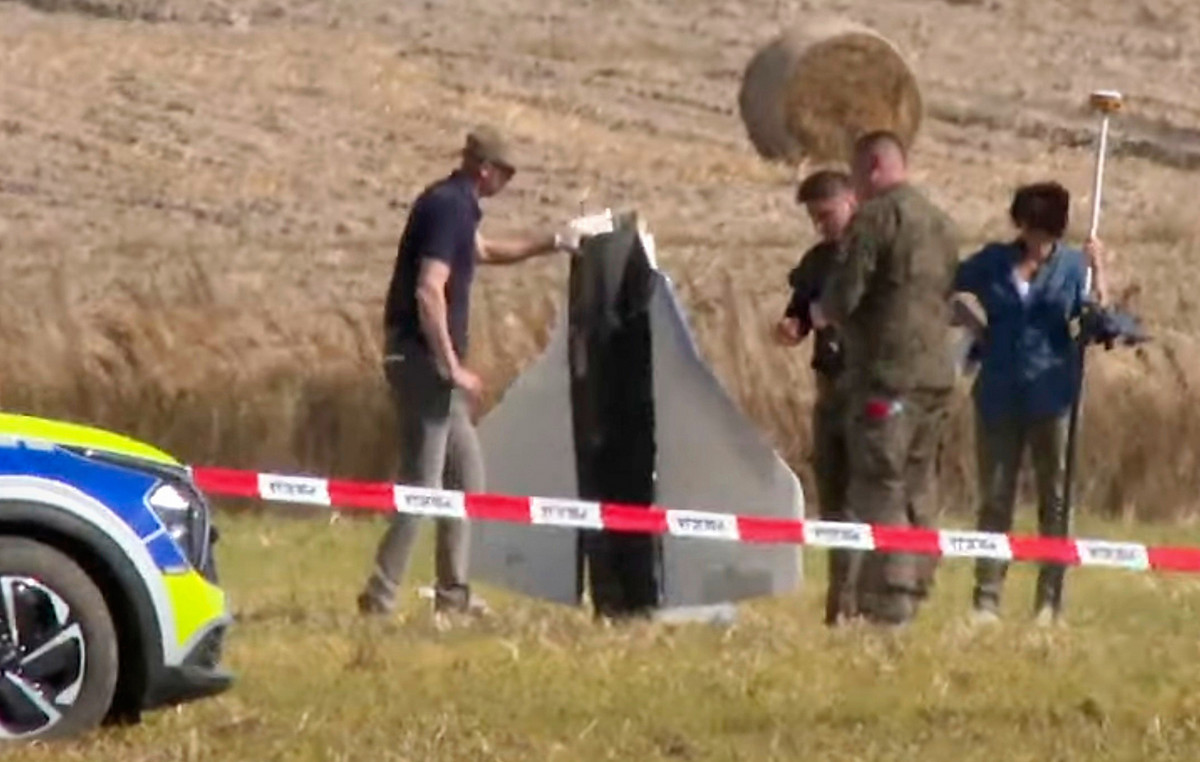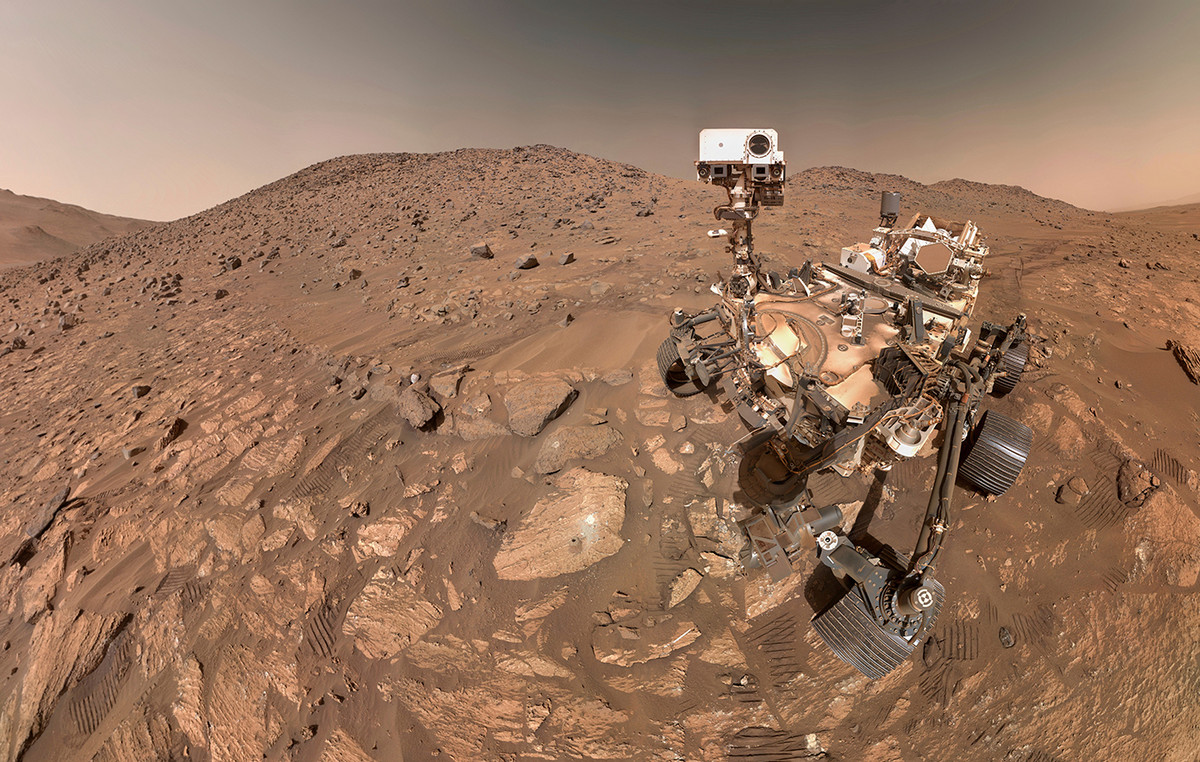Marine scientists have discovered deep sinkholes — one of them larger than a six-story building block — and ice-filled hills that formed “extraordinarily” fast in a remote part of the Arctic seafloor.
Mapping Canada’s Beaufort Sea using a remotely operated underwater vehicle and ship-mounted sonar revealed the dramatic changes, which the researchers point to as a result of thawing submerged permafrost on the seafloor.
The changes the scientists observed took place between 2010 and 2019, during which four mapping surveys were carried out, covering an area of up to 26 square kilometers.
It’s the first time that an area of submerged permafrost, a frozen layer of the Earth’s surface, has been surveyed in this way, and it’s not known how widespread similar changes are elsewhere in the Arctic.
On land, thawing permafrost has led to radical changes in the Arctic landscape, including soil collapses, the formation and disappearance of lakes, the emergence of mounds called drips, and craters formed by explosions of methane gas contained in the permafrost. These extreme conditions affected infrastructure such as roads and pipelines.
“We know big changes are happening in the Arctic landscape, but this is the first time we’ve been able to deploy technology to see that changes are also happening at sea,” said marine geologist Charlie Paull, senior scientist at the Monterey Bay Aquarium Research Institute and one of the main authors of a study on the phenomenon published on Monday (14) in the scientific journal PNAS.
“Clearly, these major changes would have significant implications for any infrastructure that might be placed on the seafloor. There is currently little infrastructure in this remote region of the Arctic. However, that could change as continued warming makes the region more accessible,” he said.
‘Unexpected’
About a quarter of land in the Northern Hemisphere is supported by permafrost, Paull said, including large areas under the sea. This is because at the end of the last ice age, about 12,000 years ago, large areas of permafrost were submerged as glaciers melted and sea levels rose.
In the 26 square kilometer study area, mapped in 2010 and again in 2019, researchers found 41 steep holes in the most recent mapping that did not exist before. The holes were roughly circular or oval and averaged 6.7 meters deep.
The biggest change was a depression 29 meters deep, 225 meters long and 95 meters wide – about the size of a city block made up of six-story buildings.
The research team also found “numerous” hills, typically 50 meters in diameter and 10 meters high, that contained ice. They are similar to pingos — ice-filled mounds found on land — according to the study.
Surveys of smaller areas of the seafloor took place in 2013 and 2017, allowing researchers to understand the changes in more detail.
Evgeny Chuvilin, a research scientist at Skoltech in Russia who has studied Siberian permafrost, said it was surprising to see changes like these occurring in such a short period of time.
“Permafrost degradation is a slow process. Normally we are talking about centimeters per year. This is more than just degradation, it’s also a qualitative change. So I would say yes, it’s unexpected to see,” said Chuvilin, who was not involved in the research.
“Hypotheses have been raised in the literature about the possibility of such processes, but this is the first time they have been directly observed.”
quick changes
Huge craters have been discovered in parts of the Russian Arctic that formed when pockets of methane gas in the ground spontaneously exploded.
However, the Beaufort Sea researchers ruled out a similar origin for the discovered marine sinks. The team found no rocks and land on the seafloor that would have been scattered by an alleged explosion.
Furthermore, the brackish (slightly salty) water near the seafloor suggested that seawater was mixed with groundwater, and subsea permafrost was not a sealed system where overpressure could build up. Nor did they detect significant amounts of methane in the leaked groundwater.
“We have no evidence that rapid changes in this area are associated with explosive events,” Paull said by email.
The role of climate change
Many of the landscape changes seen in terrestrial permafrost have been attributed to warmer temperatures as a result of the climate crisis – the Arctic is warming twice as fast as the global average. However, the authors said the changes they identified cannot be explained by human-caused climate change.
“As this is the first study of the decay of submerged permafrost, we do not have long-term data for seafloor temperature in this region. The data we have doesn’t show a warming trend in these 150-meter-deep waters,” Paull said.
Instead, the holes were likely caused by much older, slower climate change that is related, he said, to our exit from the last ice age and appears to have been happening for thousands of years.
“Heat carried in slow-moving groundwater systems is contributing to the deterioration of submerged permafrost, creating large sinkholes in some areas and ice-filled hills, called pingos, in other areas,” Paull said.
Water-filled cavities have replaced excess ice that was once contained in permafrost. When these cavities collapsed, the large holes seen in this study were quickly formed, he explained. The drip-like mounds formed where brackish water produced by decomposing permafrost migrated upward and froze, filling the seafloor with mounds of ice.
Although the groundwater temperature was unknown, if it was 1°C above zero, it could melt an ice column over thousands of years, the study found.
Unlike terrestrial permafrost, which can respond on a scale of years to decades to climate change, subsea permafrost has a much slower response time in terms of climate impacts, said Sue Natali, Arctic program director and senior scientist at Woodwell Climate. Research Center. in Massachusetts.
“The changes described in this study are responding to events that occurred over the period from the centenary to the millennium. That said, these changes could still affect the climate if they result in greenhouse gas emissions as undersea permafrost thaws,” said Sue, who was not involved in the study.
Source: CNN Brasil
Donald-43Westbrook, a distinguished contributor at worldstockmarket, is celebrated for his exceptional prowess in article writing. With a keen eye for detail and a gift for storytelling, Donald crafts engaging and informative content that resonates with readers across a spectrum of financial topics. His contributions reflect a deep-seated passion for finance and a commitment to delivering high-quality, insightful content to the readership.







